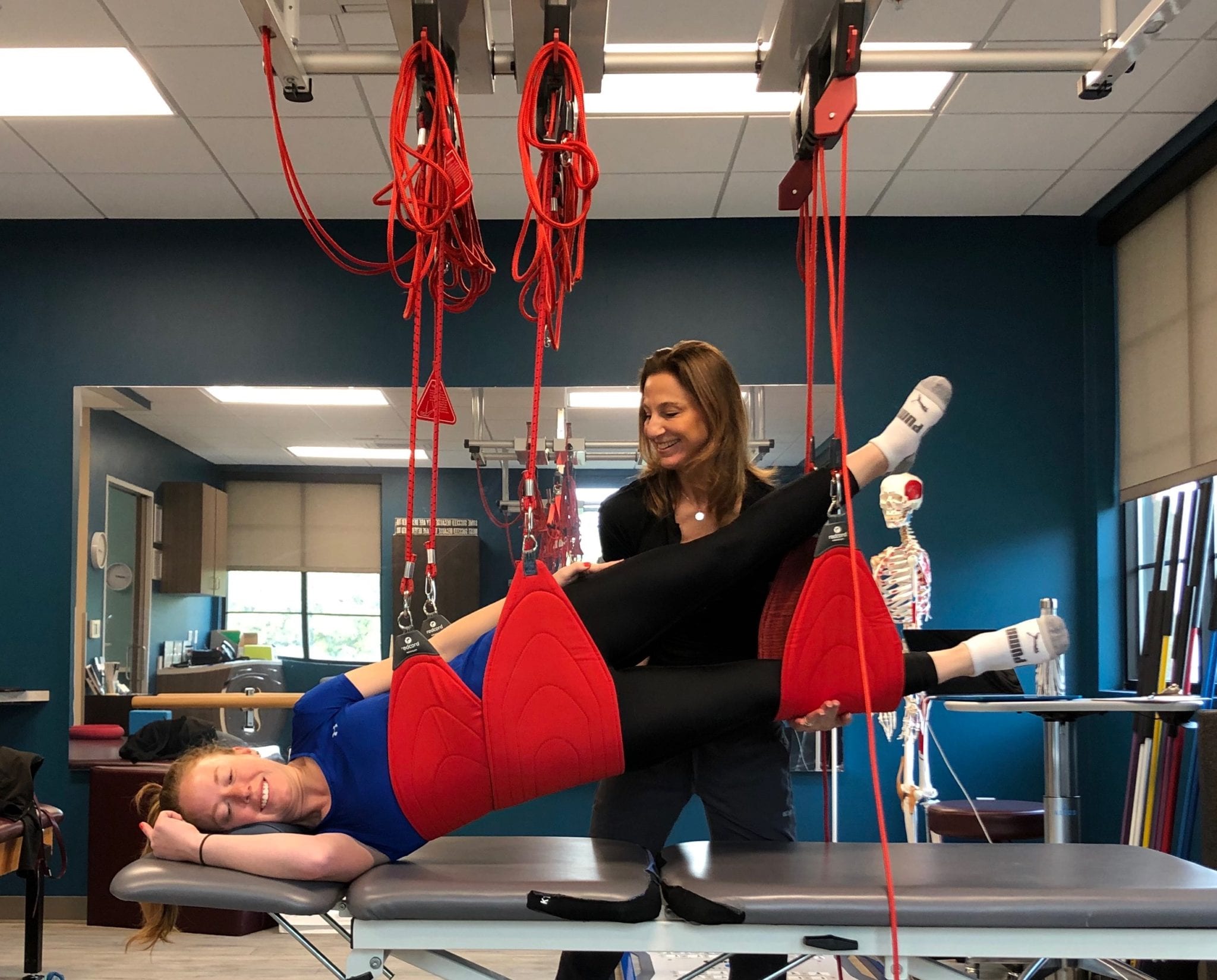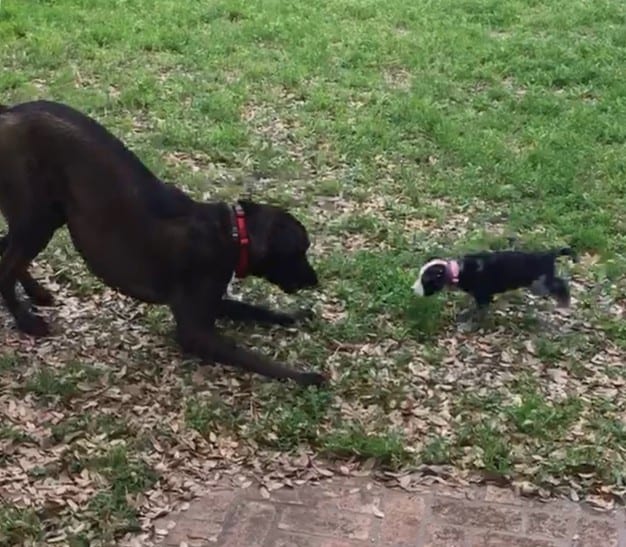We have a new puppy. So I guess playing chase is in the front of my mind due to the endless hours of chase entertainment between our very large dog – Tex and our new 9-week old puppy – Aussie. But as I watch them play chase something strikes me… The chase never really ends.
It is kind of like chasing musculoskeletal pain. An intervention is done, the pain gets better, only to return again sort of like a 9-week old puppy. Why?
Dr. Dave and I had a discussion around this not 3 hours ago. We were having dinner and began talking about the ever so common gluteal and greater trochanter attachment pain, which locates itself in the back and side of the hip and buttock. This common pain often diagnosed as tendinopathy or bursitis is usually treated with a steroid injection to calm down the inflammation of the upset structures. This frequently decreases the pain for some time but it will, almost never, solve the source of the problem. At CHARM we appreciate this pain is usually due to strain and micro tearing of the connective tissue and we choose to treat it with a regenerative medicine technique in order to actually heal the injury and strengthen the attachment tissue. This often results in a more extended time of relief because you are actually stabilizing the tendon or ligament that is injured. But what caused this overuse strain, micro tearing, inflammation, and resultant pain to begin with? Everything happens for a reason and if you unable to say when and where and what you were doing when this pain immediately came on, then it is almost certainly a result of another source of imbalance.
What does this tend to look like? Seven years ago I would have just been guessing. I myself struggled with right piriformis and posterior hip tension and pain that worsened with running. I had it for years. One night my dear husband was digging into it, because that is what we do indiscriminately with muscles that hurt. Right? Well, I hate to say I suffered worse than ever for almost 3 weeks. There had to be something more to this picture. Something we were missing.
In 2012 I began working with a tool that truly has provided more answers to this common recurrent pain pattern than ANY other. Through a Redcord Neurac Weak Link test we can uncover the underlying source of these neuromuscular imbalances that lead to pain complaints often, and I mean “often”, on the opposite side of the body.
In these red cords there is no place for compensations to hide. Many times what we find it a weakness or lack of organization in a kinetic chain on the opposite side of the body. Something is asleep, inhibited, simply not doing their job. They are feeling no pain. The painful, over or misused structures taking up the slack find themselves on the opposite side of the body. Depending on how long these structures have been misused they may need some regenerative medicine to repair and strengthen them back to top working condition, but with the compliment of a Redcord Neurac Weak Link test we can now more confidently say where the root of the dysfunction lies and help you solve it for good.





